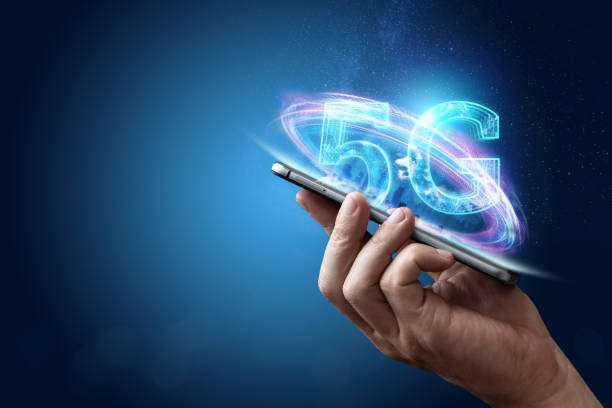5G technology is not just an incremental improvement over its predecessors; it’s a game-changer. Operating on higher radio frequencies, 5G networks leverage millimeter waves, offering speeds up to 100 times faster than 4G. This incredible speed equates to near-instantaneous downloads, seamless streaming, and enhanced connectivity for devices.
Key Features of 5G
- Speed: With speeds potentially reaching 10 gigabits per second, 5G is significantly faster than 4G, enabling lightning-fast data transmission.
- Low Latency: Reduced latency to as low as one millisecond facilitates real-time interaction, critical for applications like remote surgery and autonomous vehicles.
- Enhanced Capacity: 5G networks can handle a significantly higher number of devices connected simultaneously, catering to the growing Internet of Things (IoT) ecosystem.
Impact on Industries
Telecommunications:
5G is revolutionizing the telecom industry, enabling providers to deliver high-quality services and innovate new offerings.
Healthcare:
In healthcare, 5G facilitates telemedicine, remote patient monitoring, and even surgeries conducted by experts in different locations.
Manufacturing and IoT:
For manufacturing, 5G enhances automation, allowing machines to communicate seamlessly, optimizing processes, and minimizing downtime.
Challenges and Considerations
- Infrastructure Requirements: Implementing 5G requires substantial infrastructure upgrades, including deploying small cells and massive MIMO antennas.
- Security Concerns: The increased connectivity also raises security challenges, necessitating robust cybersecurity measures.
Conclusion
5G technology represents a monumental leap forward in connectivity and communication. Its unparalleled speed, ultra-low latency, and capacity for connecting vast numbers of devices will drive innovation across industries, revolutionizing how we live, work, and interact.

